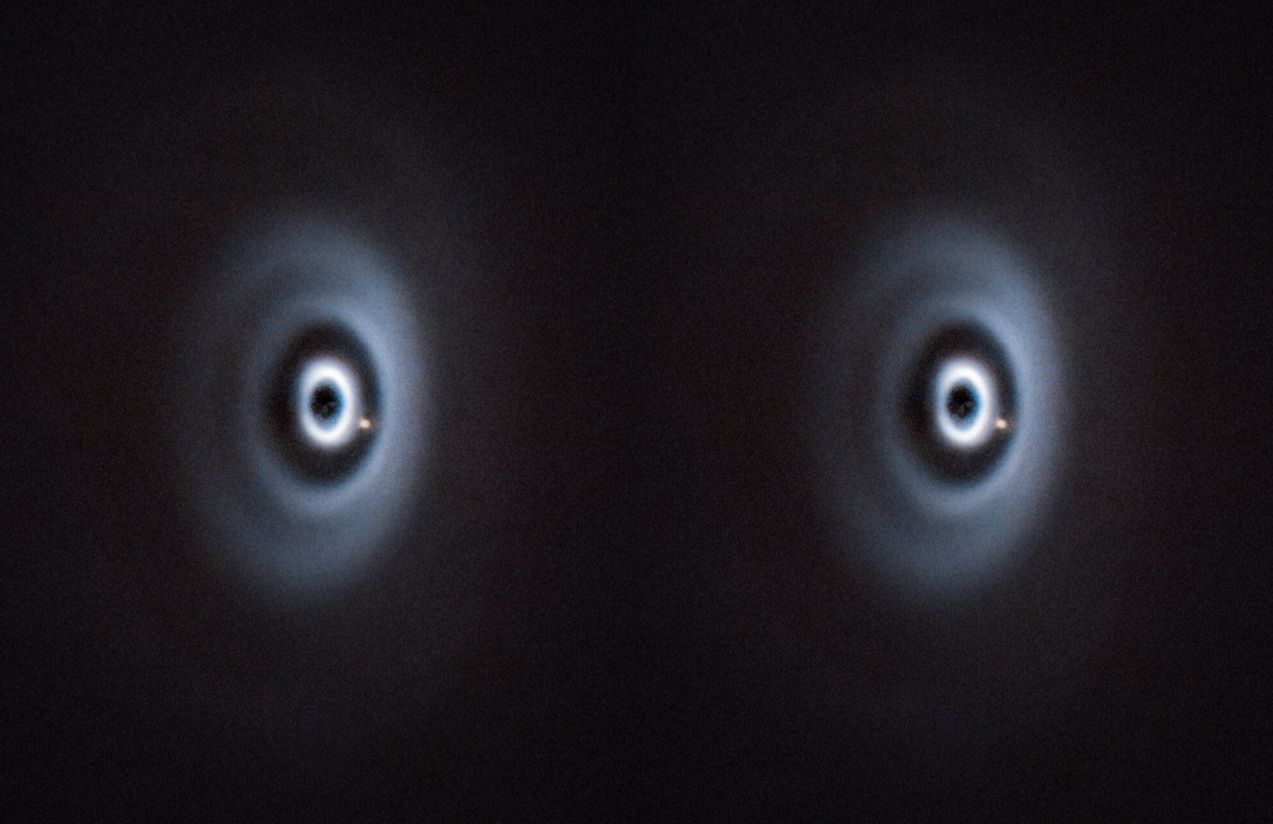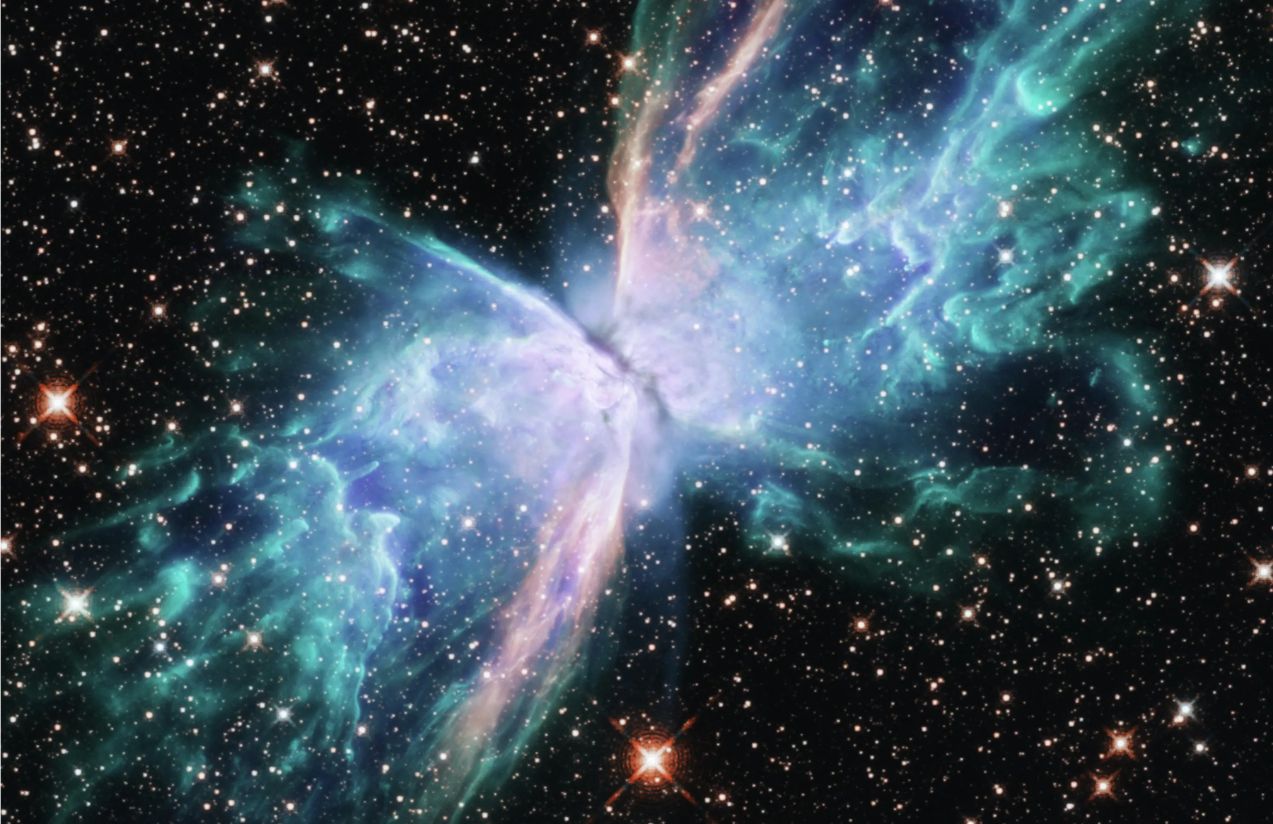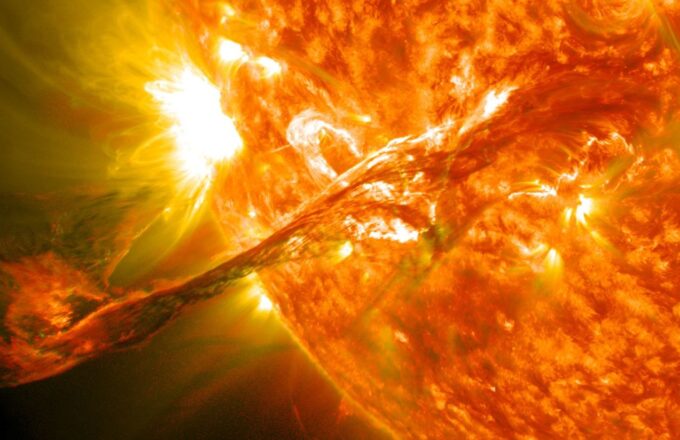Recently, NASA achieved what until now seemed impossible: it captured, for the first time in history, a direct image of a “baby planet” forming around its star. The discovery was made possible thanks to the powerful James Webb Space Telescope, which allowed scientists to observe in detail a young solar system located about 400 light-years from Earth.
The planet, now identified as LkCa 15b, is still forming within a disk of gas and dust, offering researchers a unique opportunity to study how worlds are born. According to NASA, this observation confirms many long-standing theories about planetary formation that, until now, had only been verified through simulations or mathematical models.

But what makes this image so special for science?
It is the first time a clear visual confirmation has been obtained of a planet in the very process of being born. This achievement not only marks a milestone in modern astronomy but could also help scientists better understand how our own solar system came into existence billions of years ago.













